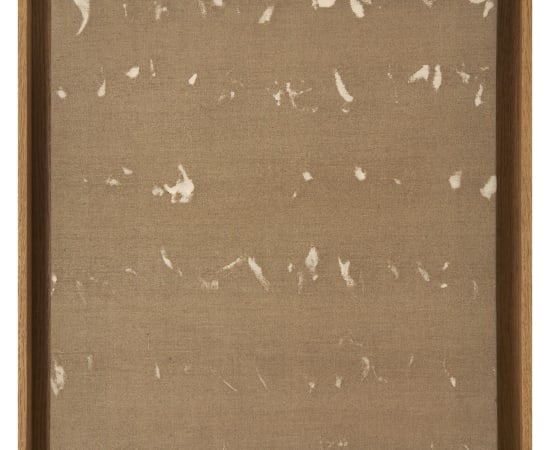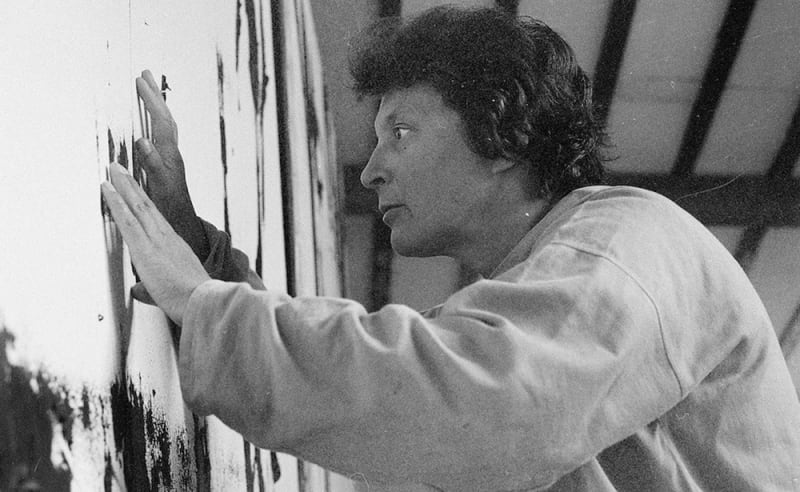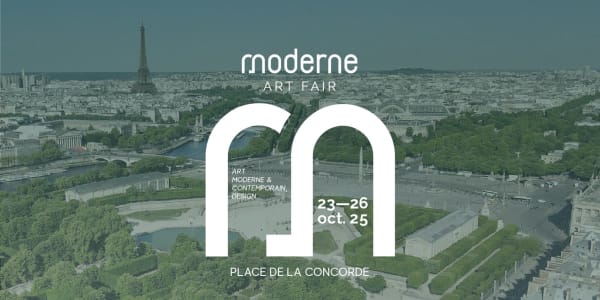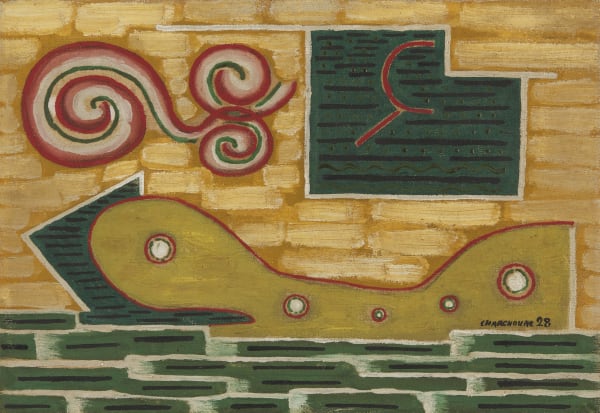Judith Reigl
Reigl moved beyond pure abstract gesture: anthropomorphic forms emerged, as though the human body itself were arising from the very movement of painting. She described this process as “unfolding,” a continuous gesture, almost like writing or a vital flow developing without interruption.
Judith Reigl is regarded as one of the major figures of postwar European abstract painting, standing at the crossroads of Surrealism, automatism, and gestural expression.
Born Judit Némedy on May 1, 1923, in Kapuvár (Hungary), she died on August 7, 2020, in Marcoussis (France). She studied at the Academy of Fine Arts in Budapest, in the studio of István Szőnyi. Thanks to a scholarship, she traveled in Italy (1946–1948), where she was deeply influenced by Byzantine and Renaissance art (the mosaics of Ravenna, Giotto, Masaccio, Giorgione, Titian).
After eight attempts to escape from communist Hungary, she finally succeeded in crossing the Iron Curtain in 1950, arriving in Paris and settling in France, where she would live and work until her death.
The Unfolding (Déroulements) series holds an essential place in Reigl’s œuvre, marking a pivotal moment in her transition from gestural abstraction to a more pronounced figuration.
Created in the early 1970s, after the cycles Explosion (Éclatement), Mass Writings (Écritures en masse), and Guano, these works embody a new stage in her practice.
In the Unfoldings, Reigl moved beyond pure abstract gesture: anthropomorphic forms emerged, as though the human body itself were arising from the very movement of painting. She described this process as “unfolding,” a continuous gesture, almost like writing or a vital flow developing without interruption.
Usually executed on very large canvases, these works also reflect the artist’s desire to challenge herself by working on a different scale.
-

Moderne Art Fair
22 - 26 Oct 2025STAND 116B et 114B An exhibition with Huguette Arthur Bertrand ; Geneviève Asse ; Jean-Michel Atlan ; Roger Bissière ; Camille Bryen ; Louis Cane ; Serge Charchoune ; Olivier...Read more -

Défense du petit format
9 Sep - 11 Oct 2025The term small format refers to a work of reduced dimensions, generally smaller than what is considered “standard” in art. From a technical standpoint, it designates a format under 30...Read more




